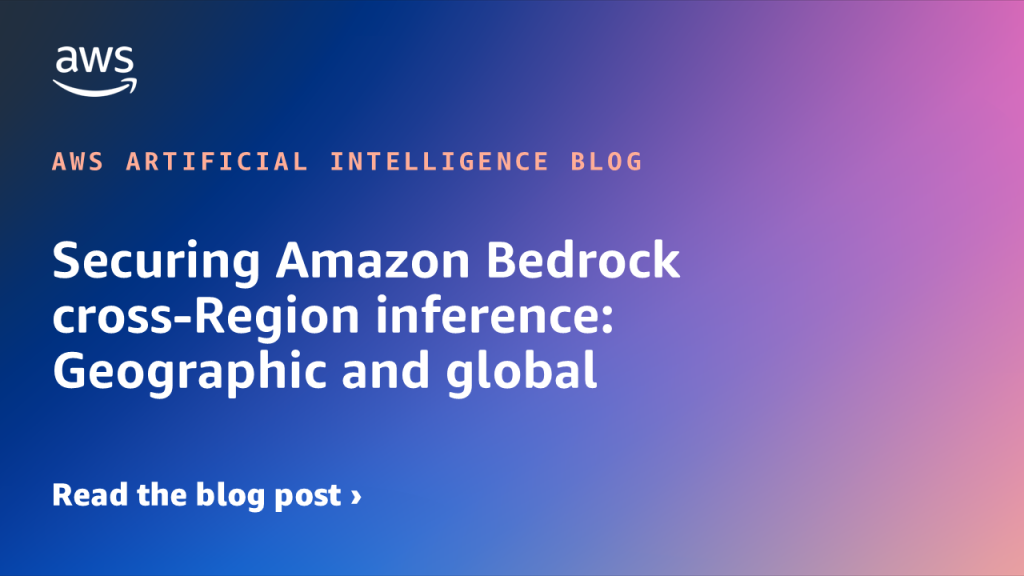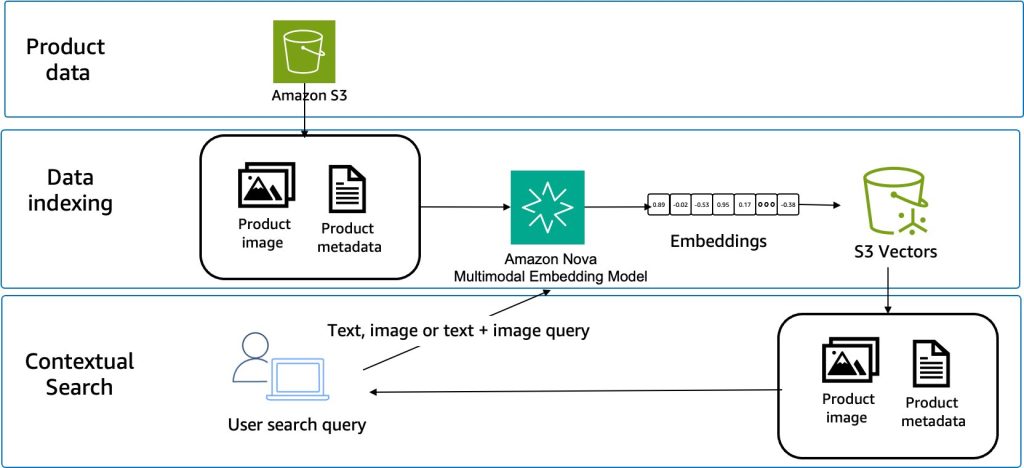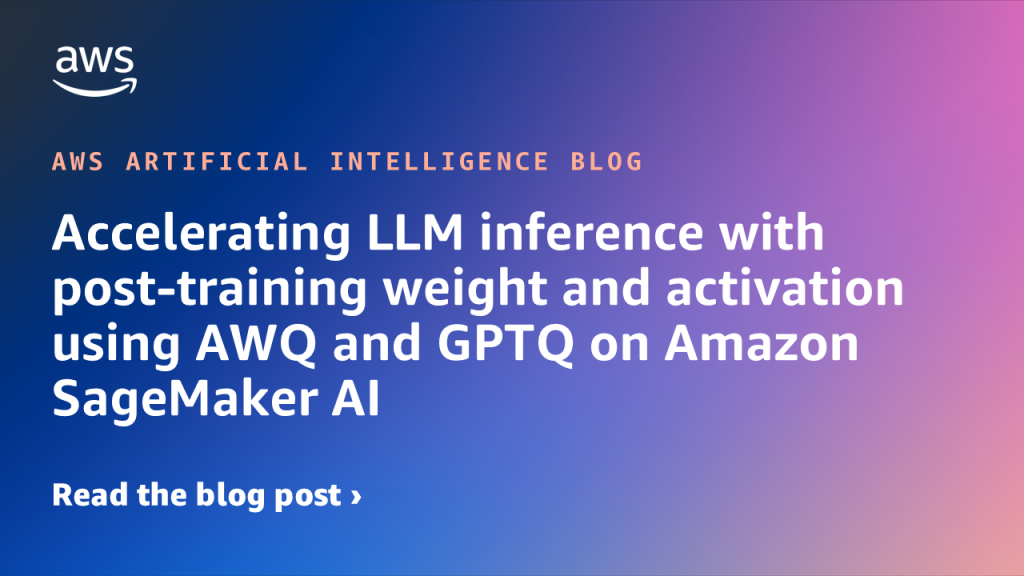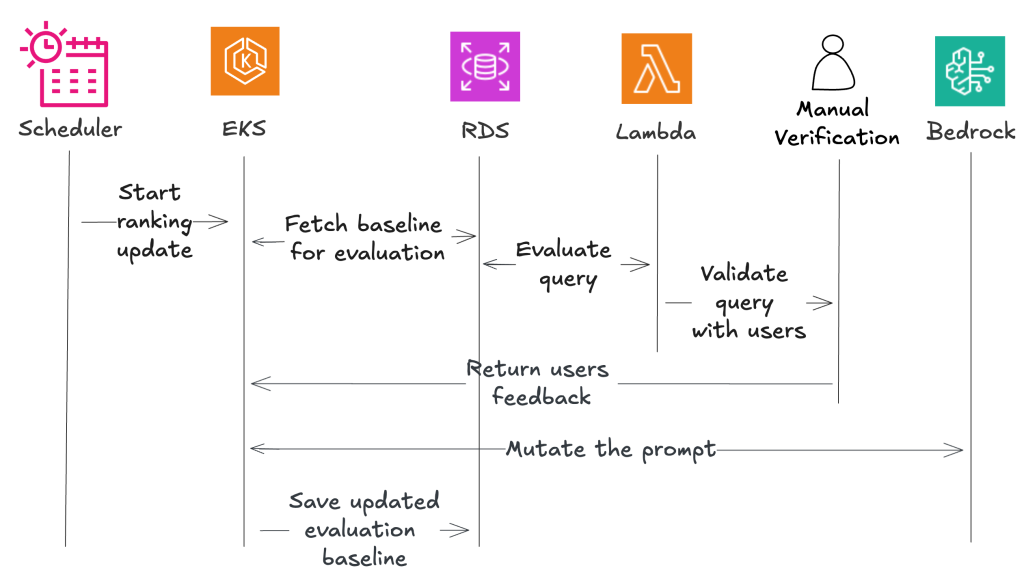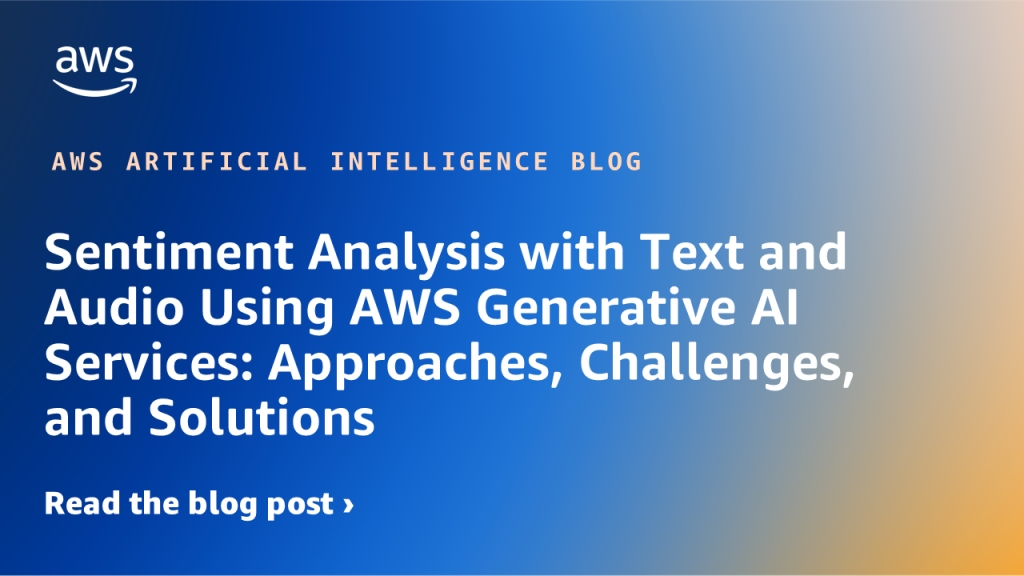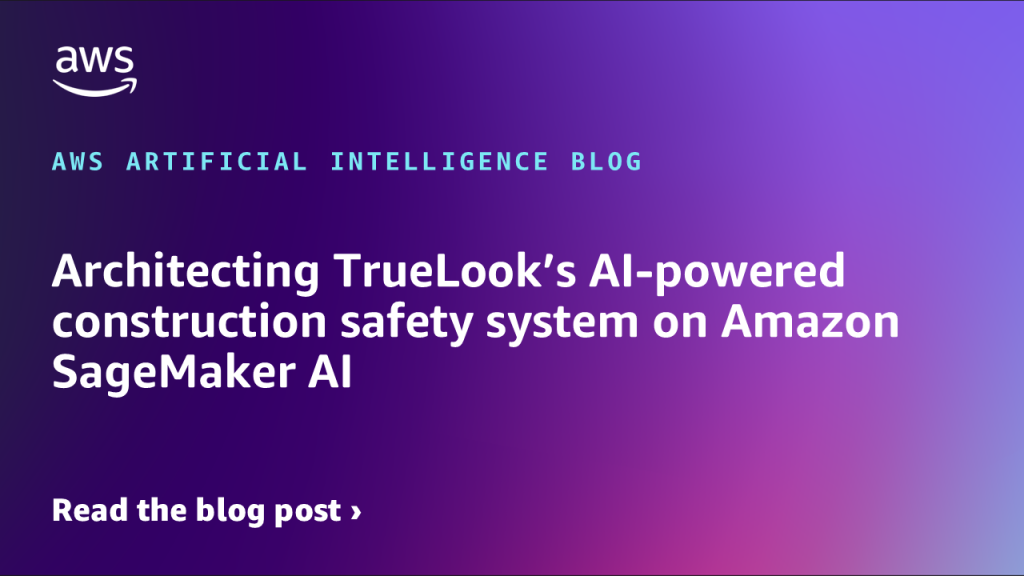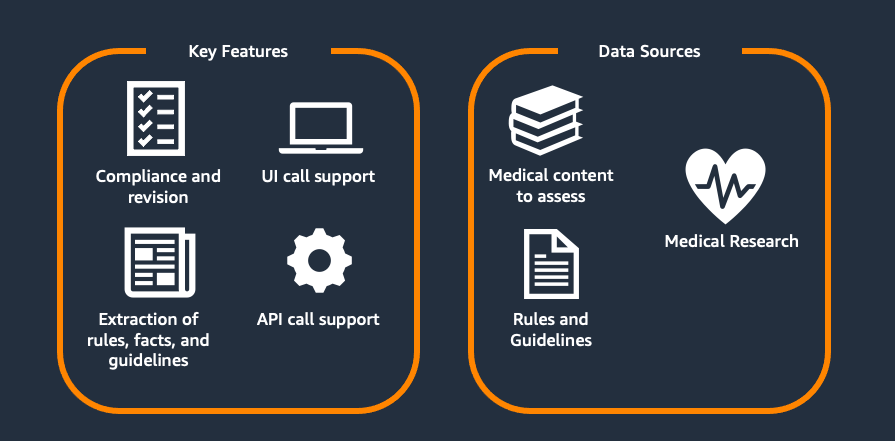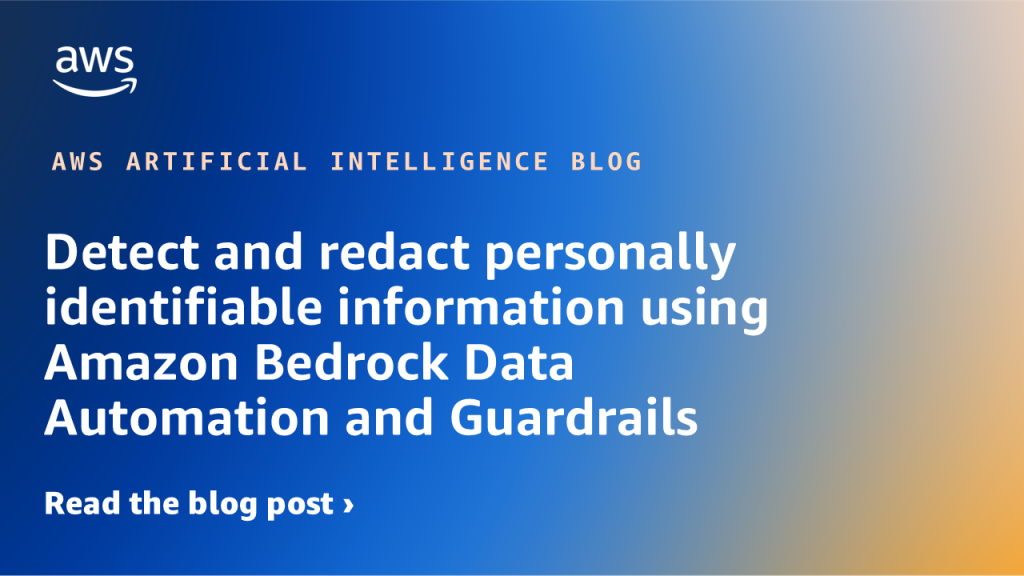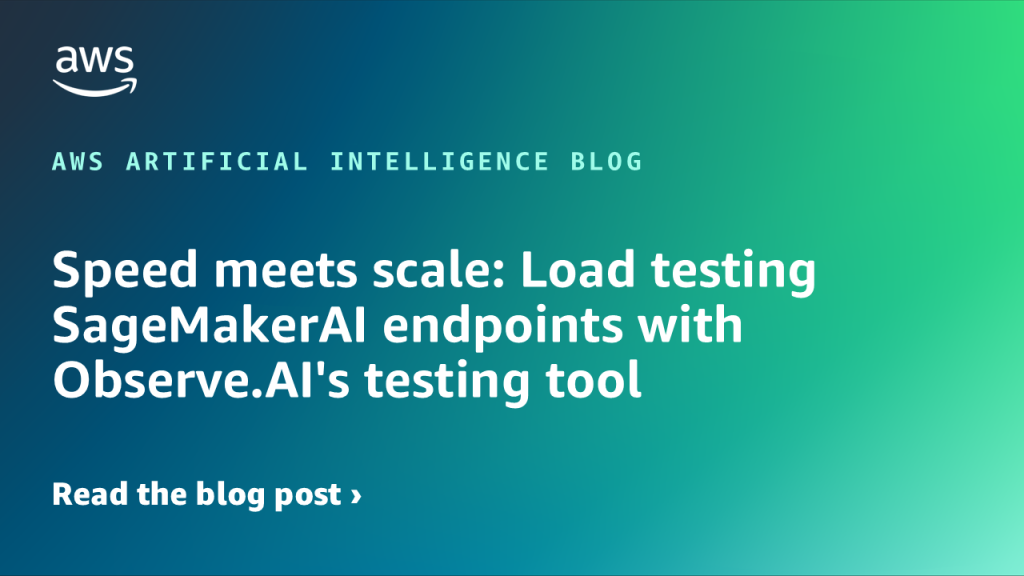Artificial Intelligence
Category: Artificial Intelligence
Securing Amazon Bedrock cross-Region inference: Geographic and global
In this post, we explore the security considerations and best practices for implementing Amazon Bedrock cross-Region inference profiles. Whether you’re building a generative AI application or need to meet specific regional compliance requirements, this guide will help you understand the secure architecture of Amazon Bedrock CRIS and how to properly configure your implementation.
How Omada Health scaled patient care by fine-tuning Llama models on Amazon SageMaker AI
This post is co-written with Sunaina Kavi, AI/ML Product Manager at Omada Health. Omada Health, a longtime innovator in virtual healthcare delivery, launched a new nutrition experience in 2025, featuring OmadaSpark, an AI agent trained with robust clinical input that delivers real-time motivational interviewing and nutrition education. It was built on AWS. OmadaSpark was designed […]
Crossmodal search with Amazon Nova Multimodal Embeddings
In this post, we explore how Amazon Nova Multimodal Embeddings addresses the challenges of crossmodal search through a practical ecommerce use case. We examine the technical limitations of traditional approaches and demonstrate how Amazon Nova Multimodal Embeddings enables retrieval across text, images, and other modalities. You learn how to implement a crossmodal search system by generating embeddings, handling queries, and measuring performance. We provide working code examples and share how to add these capabilities to your applications.
Accelerating LLM inference with post-training weight and activation using AWQ and GPTQ on Amazon SageMaker AI
Quantized models can be seamlessly deployed on Amazon SageMaker AI using a few lines of code. In this post, we explore why quantization matters—how it enables lower-cost inference, supports deployment on resource-constrained hardware, and reduces both the financial and environmental impact of modern LLMs, while preserving most of their original performance. We also take a deep dive into the principles behind PTQ and demonstrate how to quantize the model of your choice and deploy it on Amazon SageMaker.
How Beekeeper by LumApps optimized user personalization with Amazon Bedrock
Beekeeper’s automated leaderboard approach and human feedback loop system for dynamic LLM and prompt pair selection addresses the key challenges organizations face in navigating the rapidly evolving landscape of language models.
Sentiment Analysis with Text and Audio Using AWS Generative AI Services: Approaches, Challenges, and Solutions
This post, developed through a strategic scientific partnership between AWS and the Instituto de Ciência e Tecnologia Itaú (ICTi), P&D hub maintained by Itaú Unibanco, the largest private bank in Latin America, explores the technical aspects of sentiment analysis for both text and audio. We present experiments comparing multiple machine learning (ML) models and services, discuss the trade-offs and pitfalls of each approach, and highlight how AWS services can be orchestrated to build robust, end-to-end solutions. We also offer insights into potential future directions, including more advanced prompt engineering for large language models (LLMs) and expanding the scope of audio-based analysis to capture emotional cues that text data alone might miss.
Architecting TrueLook’s AI-powered construction safety system on Amazon SageMaker AI
This post provides a detailed architectural overview of how TrueLook built its AI-powered safety monitoring system using SageMaker AI, highlighting key technical decisions, pipeline design patterns, and MLOps best practices. You will gain valuable insights into designing scalable computer vision solutions on AWS, particularly around model training workflows, automated pipeline creation, and production deployment strategies for real-time inference.
Scaling medical content review at Flo Health using Amazon Bedrock (Part 1)
This two-part series explores Flo Health’s journey with generative AI for medical content verification. Part 1 examines our proof of concept (PoC), including the initial solution, capabilities, and early results. Part 2 covers focusing on scaling challenges and real-world implementation. Each article stands alone while collectively showing how AI transforms medical content management at scale.
Detect and redact personally identifiable information using Amazon Bedrock Data Automation and Guardrails
This post shows an automated PII detection and redaction solution using Amazon Bedrock Data Automation and Amazon Bedrock Guardrails through a use case of processing text and image content in high volumes of incoming emails and attachments. The solution features a complete email processing workflow with a React-based user interface for authorized personnel to more securely manage and review redacted email communications and attachments. We walk through the step-by-step solution implementation procedures used to deploy this solution. Finally, we discuss the solution benefits, including operational efficiency, scalability, security and compliance, and adaptability.
Speed meets scale: Load testing SageMakerAI endpoints with Observe.AI’s testing tool
Observe.ai developed the One Load Audit Framework (OLAF), which integrates with SageMaker to identify bottlenecks and performance issues in ML services, offering latency and throughput measurements under both static and dynamic data loads. In this blog post, you will learn how to use the OLAF utility to test and validate your SageMaker endpoint.
